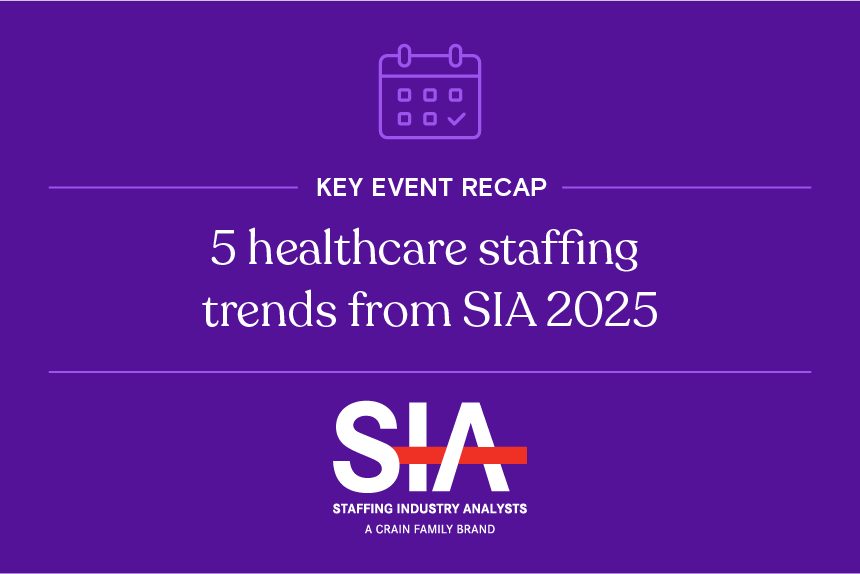Hospitals and health systems have to contend with an overwhelming set of variables when building a business development strategy. The nuances of patient populations, competitive landscapes, economic pressures, and talent pools vary from market to market—and the significance of these variables varies, too, depending on an organization’s unique goals.
But regardless of the specific circumstances, any successful approach to provider business development will incorporate a few common principles:
- Understanding and prioritizing community needs
- Developing service lines that meet those needs while retaining a holistic set of services
- Recruiting and/or partnering with practitioners who address key growth initiatives
When VHC Hospital expanded into a fully integrated delivery network (IDN) as VHC Health, its business development team sought out a reliable source of truth to drive the decision-making around these central strategic pillars. They found that source of truth in our all-payor procedure and diagnosis claims data and shared their successes in a recent roundtable discussion with Definitive Healthcare.
Don’t have time to watch the full webinar? Get the highlights here.
Understand the community you serve
In order to target and prioritize a service line (or lines) for growth, a provider organization needs to understand the kind of care being sought and delivered in its community.
Claims data offers directional insights into how a local patient population engages with existing providers in its market. Analyzing this data by geography, diagnosis category, and payor mix can help providers pinpoint underserved populations or areas, track the prevalence of chronic conditions, and then tailor their offerings and outreach to meet local health demands.
VHC Health used a blend of commercial and Medicare claims data to determine the potential demand for specific service lines in Northern Virginia, Washington DC, and Maryland. This data also helped the business development team understand its growth in relation to competitors in those markets.
Determine service line development opportunities
Claims data analysis can reveal procedure volumes, diagnoses, and utilization trends across sites of care, patient populations, and regions.
Combined with a broader assessment of community needs and the competitive landscape, these insights make it easier to identify high-demand services and spot gaps in your own offerings (or in those of your competitors). From there, you can prioritize growth initiatives accordingly.
In VHC Health’s case, the business development team was tasked with determining the impact of launching its own oncology program. They used claims data to track the connection between site-specific oncology diagnoses and downstream procedure volumes, then calculated the potential revenue associated with delivering those procedures within their network based on their market’s payor mix and reimbursement rates.
Equipped with these data-driven findings, the team was prepared to communicate the value of service line expansion to network leadership.
Identify and prioritize practitioners for partnership
Once you’ve prioritized service lines for development, you’ll likely need to expand your talent pool to meet your growth goals. Claims data can reveal high-volume physicians who aren’t yet affiliated with your network.
But procedure volume isn’t everything. The most valuable practitioners are those who align with your organizational priorities around care quality, therapeutic area of focus, and geographic coverage. Procedure, diagnosis, and prescription claims data can simplify the comparative process and guide you to specialists who could be prime recruitment targets or referral partners.
When paired with reference and affiliations data, claims data goes even further, enabling you to spot areas of leakage within your network, identify referral patterns, and follow your patients’ journeys beyond your system.
In their search for a provider who could lead their oncology program, the VHC Health team used claims and reference and affiliations data to look outside their market and compare practitioners by service and sub-service line activity, overall procedure mix, and sites of care.
Similarly, the VHC Health team leveraged claims data to find providers best suited to supporting the expansion of the network’s robotics-assisted OB/GYN surgery line. The data allowed them to identify out-of-network OB/GYNs using the same DaVinci robots as their care team and target them for engagement.
Engage potential partners and recruits more effectively
It’s one thing to know which providers are worth your time—it’s another thing entirely to effectively engage them. The performance trends and referral patterns identified with claims data can also serve as effective conversation-starters and messaging hooks for talent development teams.
With deep insights into the practitioners most suited for the role of oncology leader, the VHC Health team found themselves better prepared to engage those practitioners with relevant messaging and ask the right questions during interviews.
For example, one candidate showed a severe year-over-year decline in Medicare claims. The VHC Health team brought up this datapoint in conversation and found that the drop-off aligned with the candidate’s launch of his own virtual oncology business—a plus in the eyes of the team, who sought a leader committed to innovation.
The data can help demonstrate value for non-staff affiliations, too. VHC Health used market-level robotic surgery claims data to provide targeted OB/GYNs with estimated profit margin and surgical volume benefits during contract discussions.
Unlock value with claims data
Not all all-payor claims data is of the same caliber. VHC Health chose Definitive Healthcare as its claims data provider not only because of our robust, reliable dataset, but also because of our commitment to reciprocal, transparent partnerships.
By offering mutual learnings, knowledge sharing, and full visibility into our methodologies and standards, we ensure every user understands the data they’re working with—and knows how to use it to unlock value.
Give your business development team the keys to success. Sign up for a free trial today.





